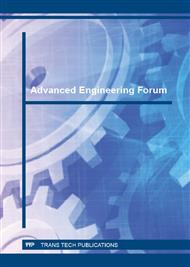p.7
p.14
p.31
p.58
p.66
p.77
p.89
p.101
p.111
Methods of the Numerical Simulation of Residential Buildings Lifecycle for Evaluating the Effectiveness of Energy-Saving Solutions
Abstract:
This article considers the problem of evaluating the effectiveness of energy-saving solutions in the aspect of the task to determine the timing of capital repairs of apartment buildings. The method of numerical simulation lifecycle of buildings is offered as a solution to this problem. It is proved that implementation of comprehensive overhauls of using energy-saving technologies increases the period of effective operation of the property as a whole, and in future - to lower operating costs. In order to enhance the safety of housing and improve the quality of housing, a new overhaul system of apartment buildings was adopted. Federal Law No. 271-FZ [1] obliges all the entities of the Russian Federation to adopt regional programs, which set deadlines of overhauls in all apartment houses. Analysis of the main program provisions showed that the overhaul term criteria do not include the results of monitoring the technical condition of buildings (physical deterioration of each component and engineering equipment), as well as the rate of the wear of building components by the time of repair and prediction of these indicators in the future during the lifecycle.
Info:
Periodical:
Pages:
111-116
Citation:
Online since:
June 2016
Authors:
Price:
Сopyright:
© 2016 Trans Tech Publications Ltd. All Rights Reserved
Share:
Citation:


